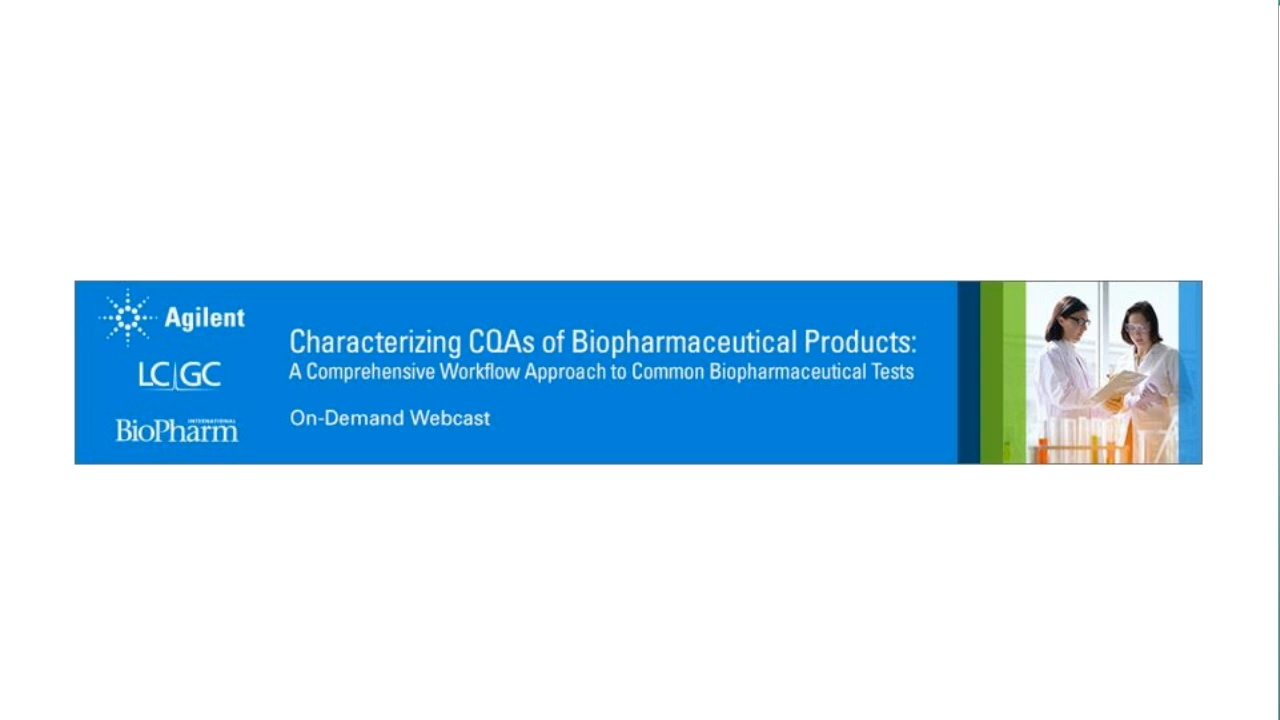Analysis of Multiple Classes of Cigarette Smoke Constituents by GCxGC-TOFMS
GCxGC-TOFMS provided a comprehensive analysis of tobacco smoke. Individual smoke constituents across several target compound classes were extracted, chromatographically resolved, then identified and quantified with mass spectral detection.
Tobacco pyrolysis produces harmful vapors that contain toxic and carcinogenic components. Characterization of these components is challenging because tobacco smoke is a complex mixture containing compounds from several chemical classes. This complexity has traditionally required multiple analysis methods along with considerable sample clean-up to target compound classes individually. GC×GC provides improved peak capacity and low level detection to measure multiple compound classes simultaneously, thus minimizing sample clean-up and the need for multiple analyses.
Experimental
Smoke was generated from Kentucky 3R4F reference cigarettes with an automated smoking machine per ISO smoking conditions (Arista Laboratories, Richmond, Virginia). Smoke constituents were collected on Cambridge filter pads, extracted into methanol, and analyzed with LECO's Pegasus® 4D as follows:
Injection: 1.5 µL splitless with inlet at 250 °C
Carrier Gas: He at 1.0 ml/min, corrected constant flow
Columns: 30 m Rtx-5Sil MS (0.25 mm × 0.25 µm) with 1.5 m Rtx-200 (0.18 mm × 0.20 µm) (Restek, Bellefonte, Pennsylvania)
Temperature Program: 3 min at 45 °C, ramped 8 °C/min to 300 °C, held 10 min; secondary oven +10 °C
Modulation: 3 s (temperature +25 °C from main oven)
Transfer Line Temperature: 280 °C
MS Acquisition: 33–400 m/z at 200 spectra/s with source at 250 °C
Data processing: ChromaTOF® software
Results
A TIC contour plot of tobacco smoke extract is shown in Figure 1A. Deconvolution via ChromaTOF isolated individual analytes from the matrix for identification and quantification by mass spectral matching and peak area/height, respectively. Several target compounds were identified and analytes were grouped by compound classes through ChromaTOF's Classification tools. Peak marker color, in Figure 1B, indicates approximate class assignment. Representative reference standards were also analyzed to generate calibration information for quantification. Linear calibrations ranged from 1 ppb to 50 ppm, analyte dependent. The calibrations were applied to quantify compounds extracted from the filter in the smoke extract data. Typical masses were in the µg range.

Figure 1: Representative chromatogram (A) with analytes grouped based on their compound class (B), using ChromaTOF’s Classification Feature.
Discussion
GC×GC-TOFMS provided a comprehensive analysis of tobacco smoke across several compound classes. Characterization was accomplished with a single separation lasting under 45 min. Individual constituents of smoke were efficiently isolated from the complex matrix with sufficient resolution to identify and quantify representative analytes from many of the target compound classes. Full mass range TOFMS acquisition allowed for positive identification of both target and non-targeted compounds through mass spectral matching to data base standards. TOFMS detection also offered quantitative calibration of representative analytes from the target compound classes, using ChromaTOF's Calibration Feature. This methodology reduces the need for time consuming sample clean-up and/or repeat injections that individually target each compound class.
LECO Corporation
3000 Lakeview Avenue, St. Joseph, MI 49085
tel. (269) 985-5496, Fax (269) 982-8977
Website: www.leco.com

The Benefits of Custom Bonded Silica
April 1st 2025Not all chromatography resins are created equal. Off-the-shelf chromatography resins might not always meet the rigorous purification requirements of biopharmaceutical manufacturing. Custom bonded silica from Grace can address a wide range of separation challenges, leading to real performance improvements. Discover more about the latest innovations in chromatography silica from Grace, including VYDAC® and DAVISIL®.
5 Things to Consider When Selecting a Chromatography Silica
April 1st 2025Particularly in the pharmaceutical industry, drug purity isn’t just a goal – it’s essential for achieving safety, stability and efficacy. However, purification is easier said than done, especially with challenging molecules like DNA and RNA “oligonucleotides,” due in large part to their diversity and the range of impurities that can be generated during production. Enter DAVISIL® chromatographic silica, with a wide range of pore diameters and particle sizes to meet your specific application, performance and sustainability requirements. Before you choose the chromatography resin for your next purification application, take a look at these 5 considerations.
MilliporeSigma: Ultrapure Water for Sensitive LC-MS Analysis of Pesticides
March 25th 2025The aim of the study was to illustrate the efficiency of Milli-Q® water purification systems in eliminating pesticides from tap water, thereby producing and delivering reliable and consistent-quality ultrapure water suitable for pesticides analysis


















